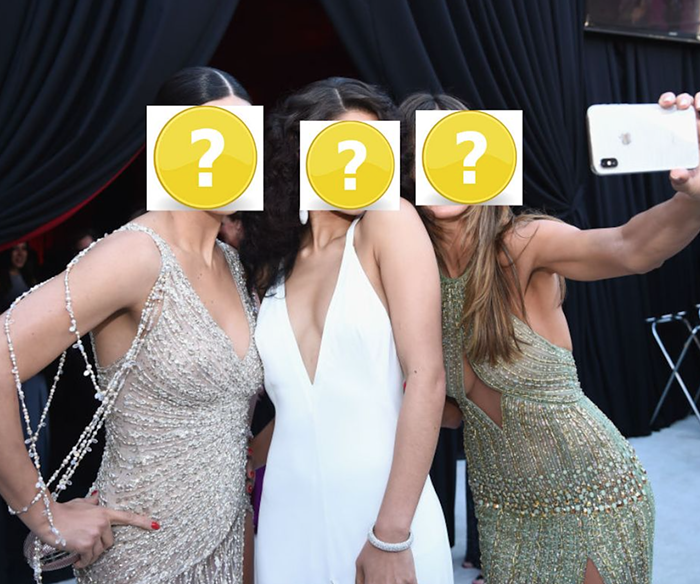LIKE AN ART-WORLD semester abroad, this month's show at Yale Union is an import, curated by the staff of French gallery castillo/corrales. Or, as YU's blunt press release puts it, "This summer, Yale Union and castillo/corrales will swap houses, share people, and exchange money."
While castillo/corrales lines the walls of YU with works by Richard Hawkins, Jason Simon, Lily van der Stokker, Leidy Churchman, and Clément Rodzielski in Theory of Achievement, YU is curating a show featuring the work of Anne-Mie Van Kerckhoven at castillo/corrales' space in Paris' Belleville neighborhood. Swapping gallery spaces and staff across the Atlantic is an innovative turn for an art show, but in practice, it never quite lives up to its promise.
I don't know what castillo/corrales' space looks like (YU provides no documentation of Theory of Achievement's sister show), but YU's upstairs gallery space in the former Yale Union Laundry Building is... particular. It's beautifully appointed, with hardwood floors and a wall of gigantic windows, but it can be tough to balance the cavernous space with an intimate gallery show. And in Theory of Achievement, it seems underutilized.
It doesn't help that the exhibition itself is rather oddly arranged, with pieces spaced far apart from each other and in an order that, while certainly intentional, reads as quite random. Perhaps most annoying of all, the gallery walls are arranged in a whimsical zigzag pattern that looks cool but requires you to see the pieces in a needlessly prescribed order, with the added irritation of, you know, there not being an accessible route between all of the pieces—or away from them (you have to walk in a zigzag back to where you came from when it's time to leave; maybe skip this show if you're claustrophobic).
I'm sure all of these things were deliberate choices, but a show's setup should never detract from its content—it should do the opposite—and unfortunately, that just wasn't the case here. If the aim was for spaciousness or intimacy with the work, the effect is one of scarcity—of pieces, of freedom for viewers to roam and interact with the show on their own terms, and of information (the show's accompanying text, while printed on hardy cardstock, isn't exactly illuminating).
All that said, there are a few major rewards in store if you're willing to zig and zag for them: a series of drawings by the delightful Lily van der Stokker, for one. Van der Stokker has previously worked in huge, pastel installations, but her drawings in colored pencil are equally compelling. With Debbie Downer titles like "Mistake," "Useless Movement," and "No improvement, No Progress," van der Stokker's drawings feature a cartoonish, off-the-cuff style in a day-glo color palette. They're doodles, but they're really good doodles. And if you're into art that considers pop culture, sexuality, and disconnected thoughts written obsessively in ballpoint pen, Richard Hawkins is your man ("SOMEONE is a big Kenneth Anger fan," I wrote in my notes).
The idea of a cultural exchange between art galleries is an exciting one, but I wish YU had provided more information on the exchange itself, not least of all because conceptual works need to be contextualized if they're going to be appealing—not to say legible—to a general audience (and, okay, they SHOULD BE). Be it through labeling, not having your show be literally in a zigzag pattern, thoughtful exhibition notes, whatever, there are ways of letting the viewer in on the process. Instead, Theory of Achievement feels both prescriptive and needlessly opaque.
Yale Union is still a relatively new art space in town. It's got so much potential—bringing in a transnational show is huge—but the execution isn't yet quite where it should be.













